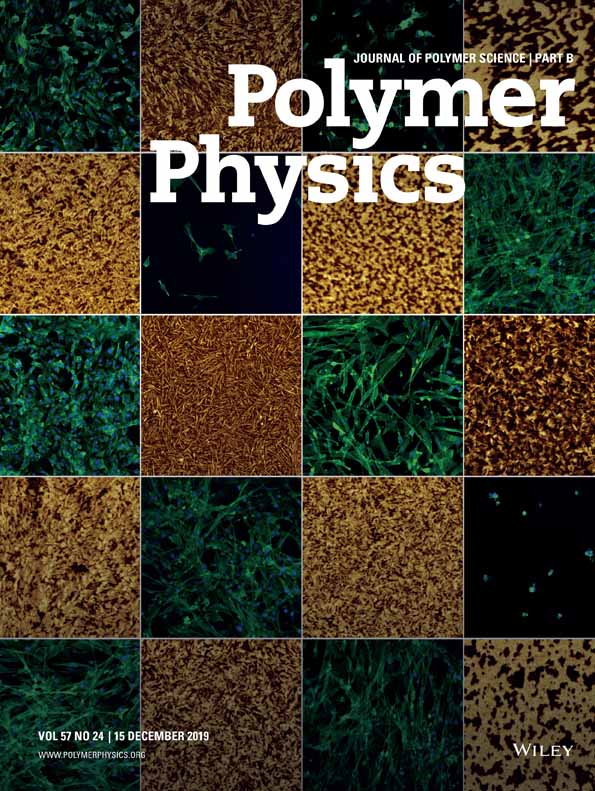Effect of structure on properties of polyols and polyurethanes based on different vegetable oils
Abstract
We synthesized six polyurethane networks from 4,4′-diphenylmethane diisocyanate and polyols based on midoleic sunflower, canola, soybean, sunflower, corn, and linseed oils. The differences in network structures reflected differences in the composition of fatty acids and number of functional groups in vegetable oils and resulting polyols. The number average molecular weights of polyols were between 1120 and 1300 and the functionality varied from 3.0 for the midoleic sunflower polyol to 5.2 for the linseed polyol. The functionality of the other four polyols was around 3.5. Canola, corn, soybean, and sunflower oils gave polyurethane resins of similar crosslinking density and similar glass transitions and mechanical properties despite somewhat different distribution of fatty acids. Linseed oil–based polyurethane had higher crosslinking density and higher mechanical properties, whereas midoleic sunflower oil gave softer polyurethanes characterized by lower Tg and lower strength but higher elongation at break. It appears that the differences in properties of polyurethane networks resulted primarily from different crosslinking densities and less from the position of reactive sites in the fatty acids. © 2004 Wiley Periodicals, Inc. J Polym Sci Part B: Polym Phys 42: 809–819, 2004




